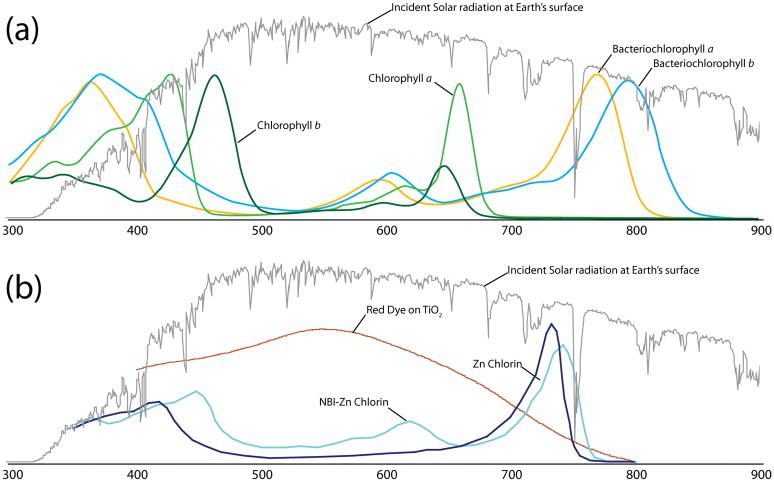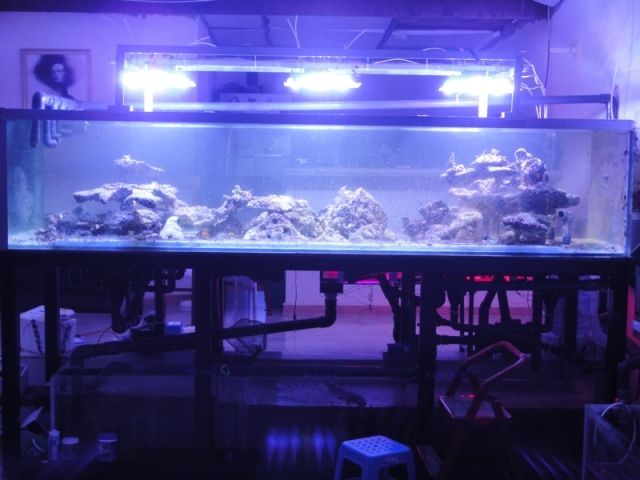I used to think adding 660nm to a display was bad .. but last month I had 2 royal blues go out and I didn't have any replacements on hand, so I put 2 660nm in their place, WHAT A DIFFERENCE! My orange clownfish are almost neon orange.. reds really do bring out the colors much more than I imagined. I am sure that also helped a little with what I was saying above, but I only added 2 reds, I added 24 actinics at the same time which is why I felt it was the actinics providing the most benefit, although I am now sold on adding a couple reds to a display light, things really do look a lot better.



 Reply With Quote
Reply With Quote




